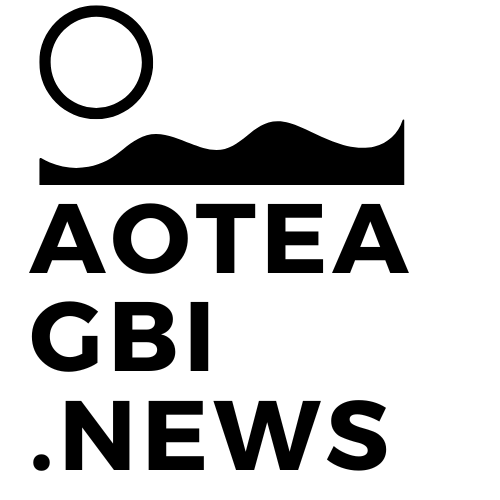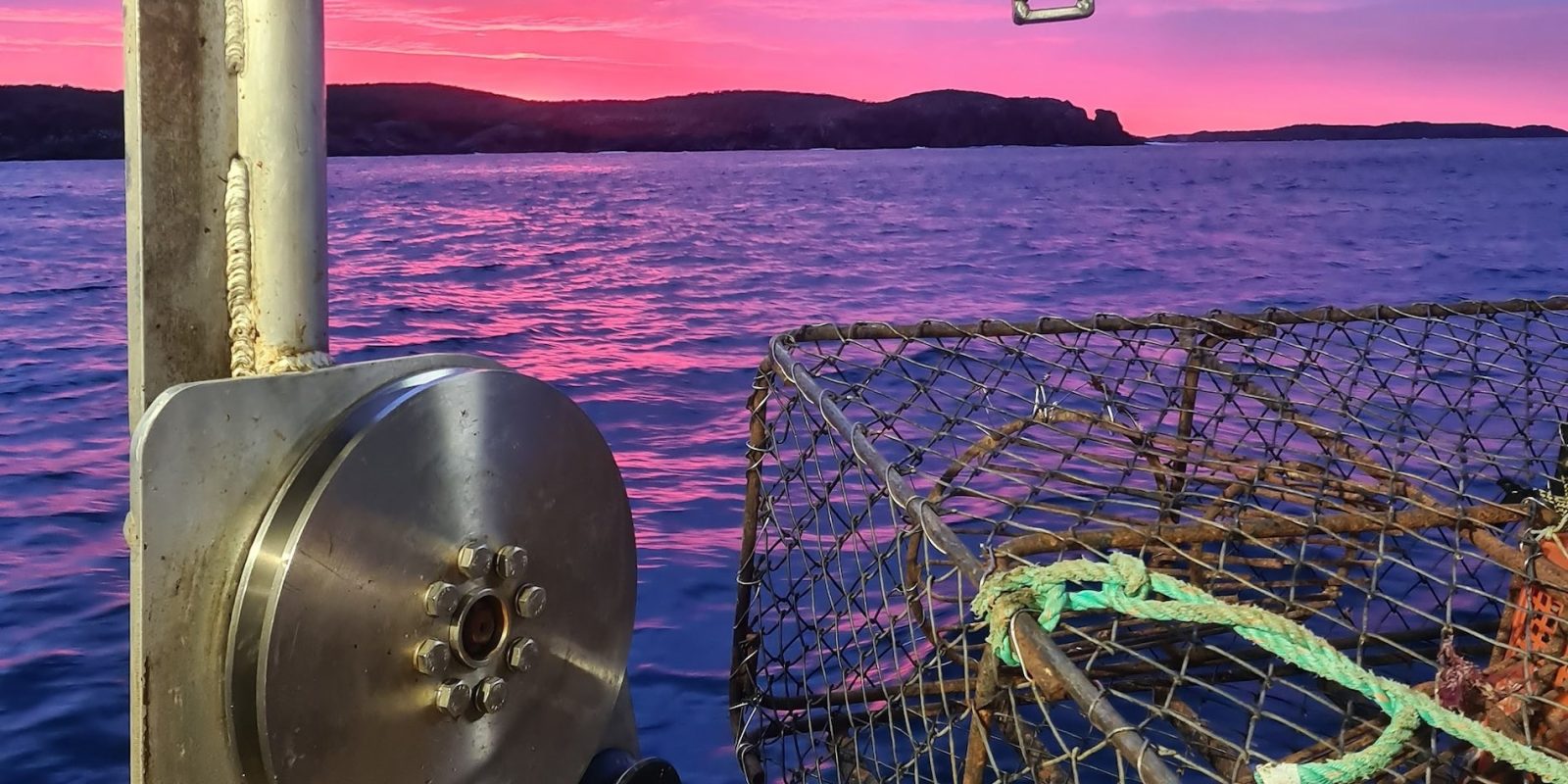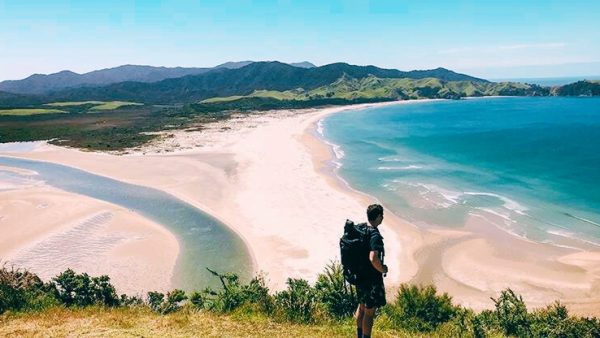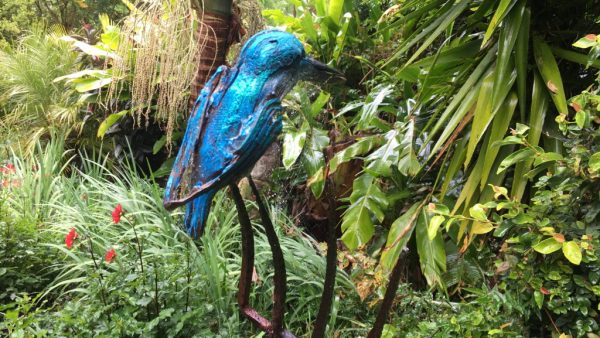Environmental and community groups are furious after discovering the Ministry for Primary Industries (MPI) has authorized commercial crayfish potting in areas of Aotea, Great Barrier Island, under a Rāhui and Controlled Area Notice (CAN) meant to stop the spread of the invasive Caulerpa seaweed.
Correspondence seen by AoteaGBI.news shows MPI defending a ‘conditional permit’ in the CAN region off the southwest of Aotea, Great Barrier Island, to community leaders.
“FV Crusader has a permit to anchor and undertake cray potting within the CAN off Aotea,” the email reads.
“This has followed discussions with the industry and MPI officials,” the correspondence from a senior MPI official adds.
A statement to AoteaGBI.news on Sunday confirmed that MPI has issued no less than three permits across the island, with operators having laid pots as recently as this week.
Emeritus Professor Barry Scott from Massey University lambasted the government department’s decision to permit the fishing after streams of pots were discovered by an environmental group who have been working on different methods to monitor and stop the spread of the seaweed which smothers and chokes ecosystems.
“This makes an absolute mockery of trying to control the spread,” Scott said.
The CANs which have been in place since June 2022, strictly forbid recreational fishing or anchoring that could disturb the seafloor, but Gray Lewis, one of those from the group who discovered the commercial operation, noted the placement of the pots squarely amongst dense patches of Caulerpa.
“As a diver in the water on this survey, I made an effort to swim out and observe one of these pots in place. It was situated in about 10m of water and was smack bang in a dense patch of Caulerpa,” he said.
“There were additional numbers on the pots we saw at the surface ranging from 25 to 35 – which suggests there’s at least this many pots along the coast – and probably more.”
Revelations of the permit come just days after MPI announced funding for a new vacuum system to dredge the seafloor of the seaweed, in collaboration with the Auckland Council’s Great Barrier Island Local Board, and a Great Barrier Island Caulerpa Governance Group, focused on reducing or eliminating the weed.
The local board and governance group say neither were notified of the permitting of the commercial operation, with Aotea Local Board chair Izzy Fordham scathing of the revelation, Sunday.
“Our community has lived with this CAN for just on 3 years and we have all done our best to abide by the rules and regulations that brings. Then we find that a commercial off shore operator has a permit to harvest within the CAN area. This makes a mockery of the whole thing.” she said.
“Neither the Community or the Local Board has any say in who has a permit, this is done totally through MPI/BNZ and it was a shock when the Schooner Bay Ahu Moana dive team alerted us to FV Crusader blatantly working in the bay. Up until then, we knew nothing.” Fordham added.
In the MPI email seen by AoteaGBI.news, the department says, “We were and are comfortable the permit conditions will manage risk.”
“This requires thorough decontamination of any potting equipment before exiting the CAN, including instructions should suspect Caulerpa be attached to equipment,” it says.
Scott slammed the permit as ‘absolutely unbelievable,’ saying given the efforts across New Zealand to prevent the spread of the seaweed including millions of dollars on dredging operations in Northland and near Kawau Island, the boat needed to be tracked as to where it went after leaving Aotea.
“We need an AIS [GPS transponder record] on where this boat went after leaving Barrier and who carried out the checks whether the anchor and chain were decontaminated and where.”
“Just absolutely slack,” he added.
Caulerpa was first discovered in June 2021 on Aotea and has since spread to Northland, Kawau, and Waiheke islands. Its proliferation during the height of the COVID-19 pandemic saw MPI’s efforts criticized as insufficient.
Numerous community and Iwi-led initiatives have been established to combat Caulerpa, which primarily spreads from disturbances by boat anchors, divers, or fishing equipment, and even via fragments that break off during storms.
America’s Cup sailor Blair Tuke, whose group Live Ocean is raising awareness of the seaweed, branded its spread a ‘national crisis’ during an interview on TV One’s Sunday program, going on to call for a coordinated government response to ‘support the incredible mahi that’s been led by local communities.’
MPI has previously stated that eradication of the invasive seaweed is highly unlikely, but continues to bankroll removal efforts including as part of a $5 million fund announced in collaboration with Auckland Council last month. MPI has argued suppression as a more realistic goal.
Responding to the concerns of the pots being dropped amid the Caulerpa—potentially dislodging fragments of the weed, MPI said it had reminded the operator of the rules of its permit.
“We have taken actions to reinforce the need to meet permit conditions,” the official claimed.
Lewis branded MPI’s actions ‘infuriating,’ given the ‘huge sacrifice the local community has made to honor the protections around the spread of Caulerpa.’
AoteaGBI.news has contacted fisheries minister Shane Jones.
The full statement attributed to Stuart Anderson, Biosecurity New Zealand’s deputy director-general, is printed below.
Since exotic Caulerpa was first found in 2021, nearly $11 million has been committed to a comprehensive coordinated response with partners including mana whenua, regional councils, and DOC to understand the pest and its distribution, prevent it spreading, and explore ways to remove it in areas where we can.
Part of that control of spread management is through Controlled Area Notices. Biosecurity New Zealand has been talking with the commercial fishing industry throughout the response. The CAN conditions have been widely communicated, including to the fishing sector.
We are conscious though that on a very limited case by case basis, we would need to consider granting permits in situations where rock lobster potting is the primary fishing method for commercial purposes, and where there is a need to conduct commercial rock lobster potting activities within the controlled area because alternative locations are not available. These operators rely on these fisheries for their livelihoods.
For Great Barrier Island, three time-limited permits (to end of June 2024), that include very strict conditions for operations, have been granted for the purposes of commercial rock lobster potting within Great Barrier Island Zone (Zone A) only.
Conditions include:
Upon removal of equipment used for the permitted activities within the Great Barrier Island Zone (Zone A), the equipment must not be re-used within the ocean outside of that zone until the following actions have been undertaken:
a) The equipment must be checked for any seaweed or other organic material before leaving the zone.
b) Any seaweed or plant matter found on the equipment must be removed and stored securely in a bag or container and disposed of safely on land. If it cannot be stored and disposed of securely on land, it must be placed back into the waters from where it came as soon as practicable
c) The equipment must be cleaned thoroughly with either fresh or salt water until there is no trace of organic material before being lowered back into the ocean.
The permits have been granted for the permitted activities only. There are penalties for non-compliance. Failure to comply with the conditions of the permit is an offence under the Biosecurity Act and carries a penalty, in the case of an individual, of imprisonment for a term not exceeding 3 months, a fine not exceeding $50,000, or both and in the case of a corporation, to a fine not exceeding $100,000.








